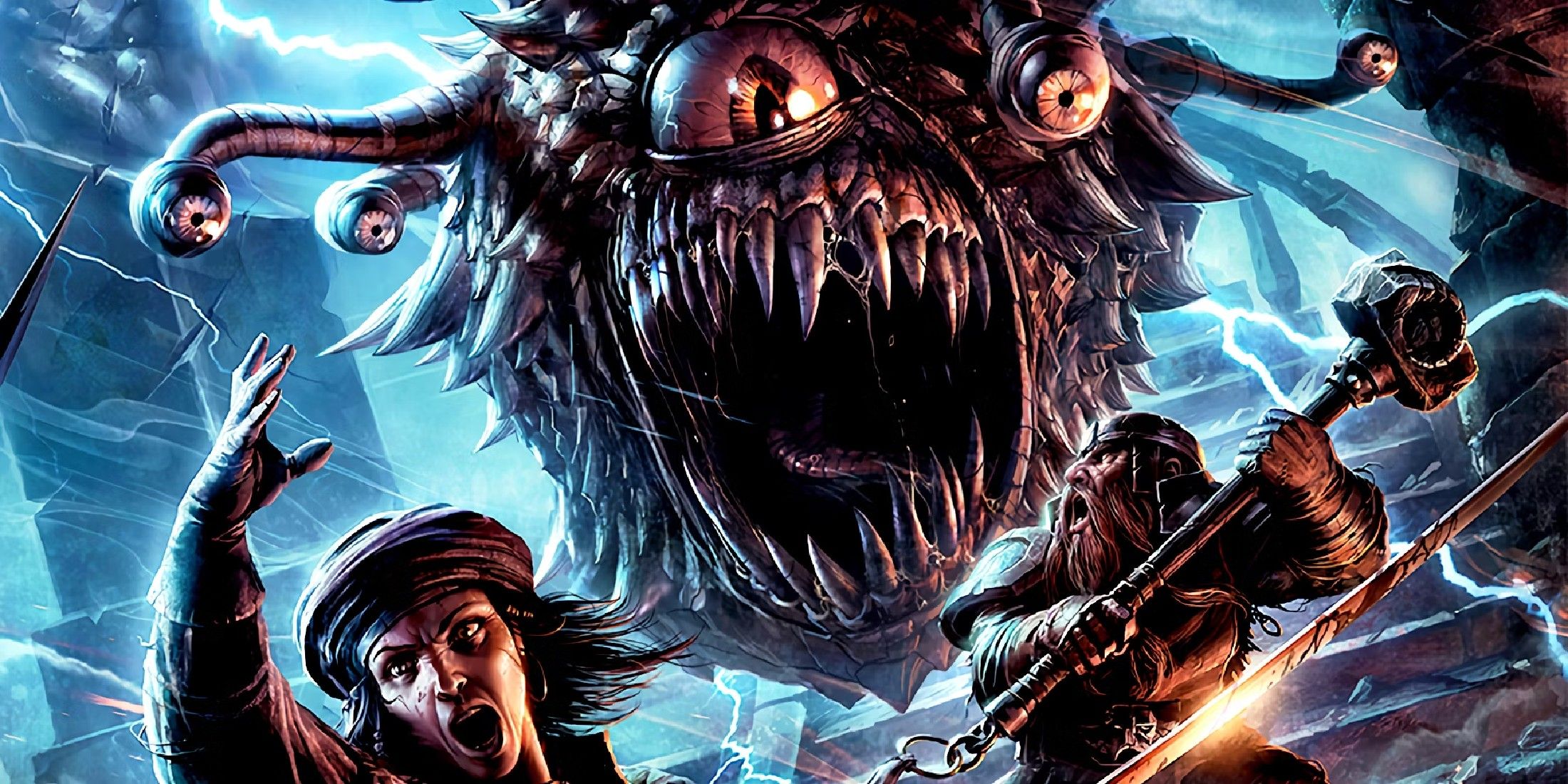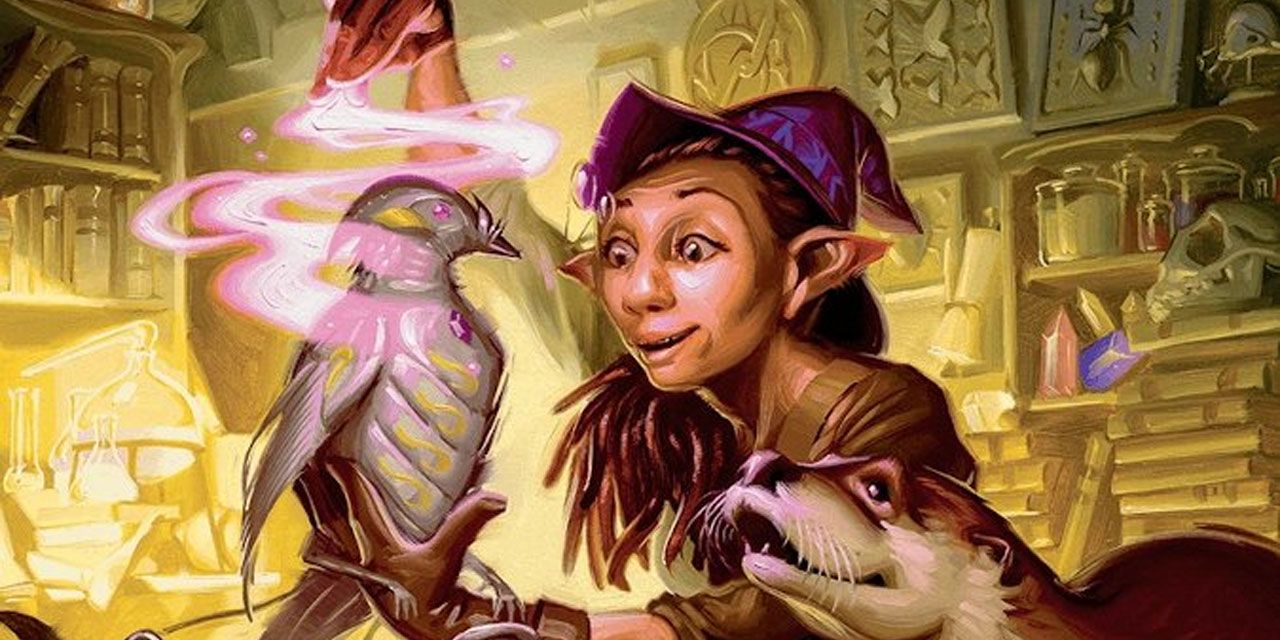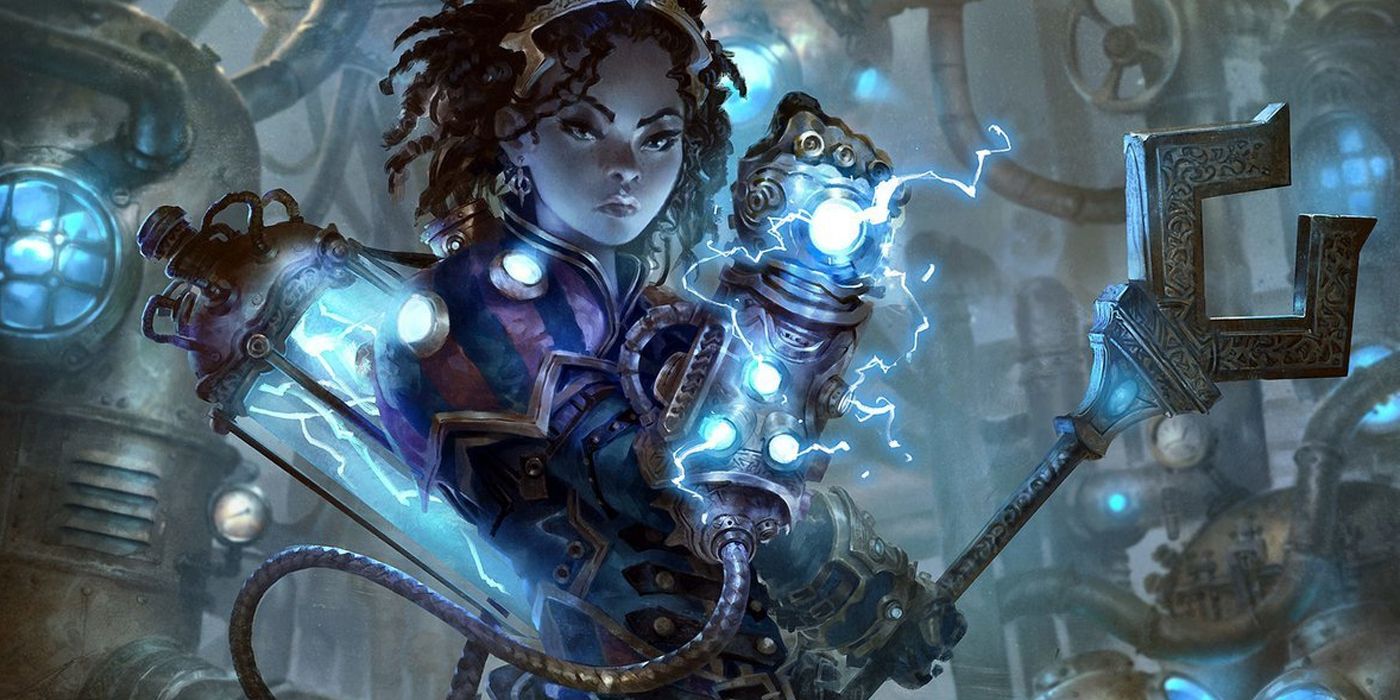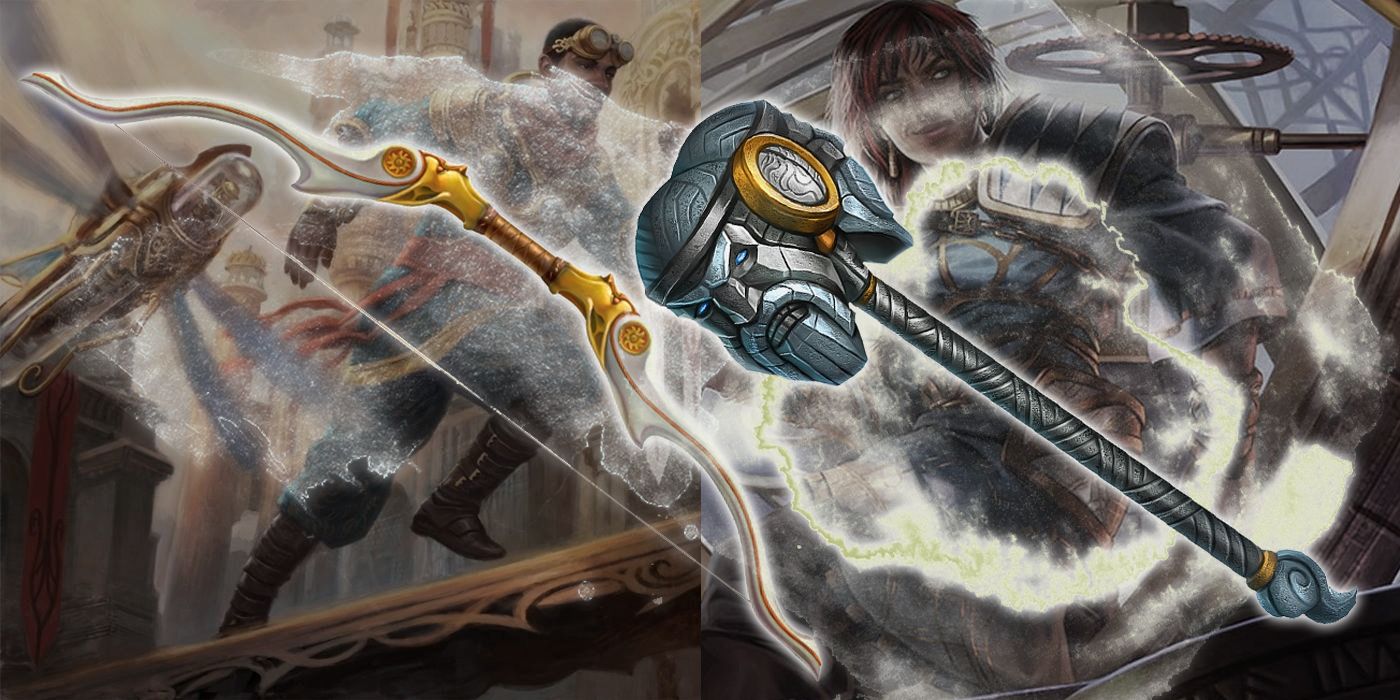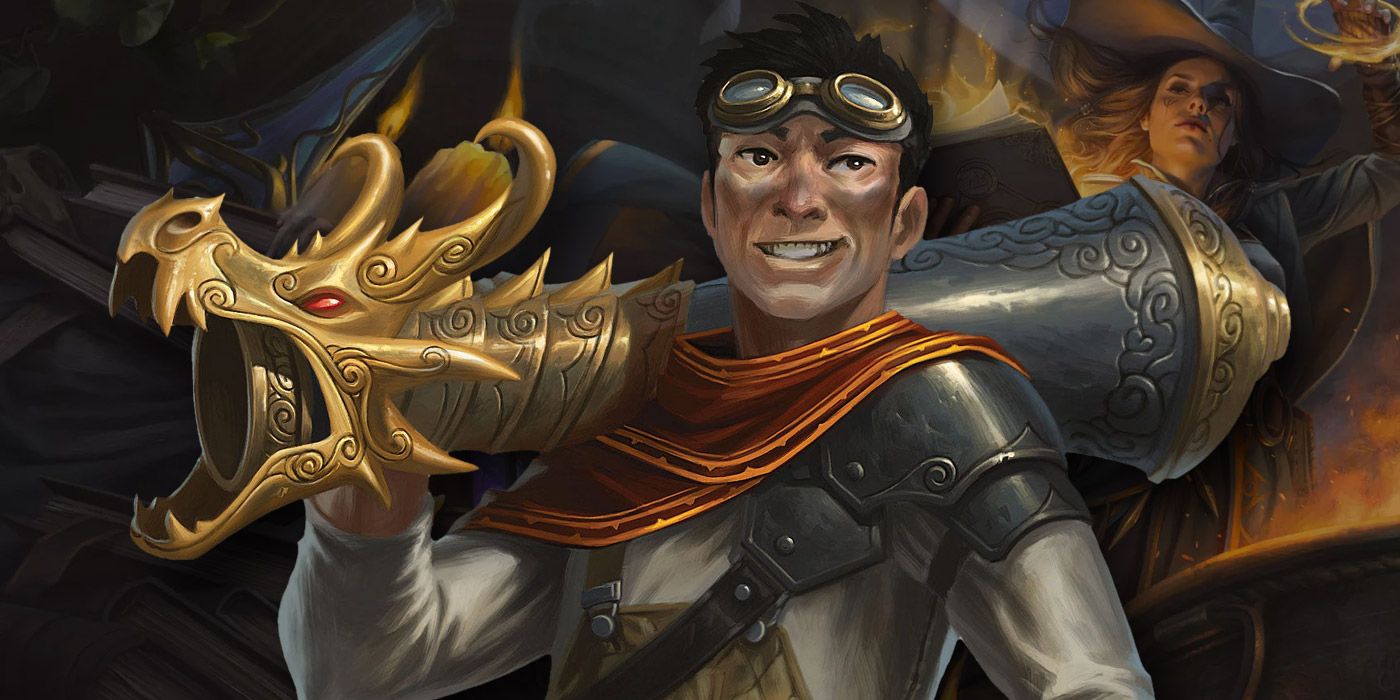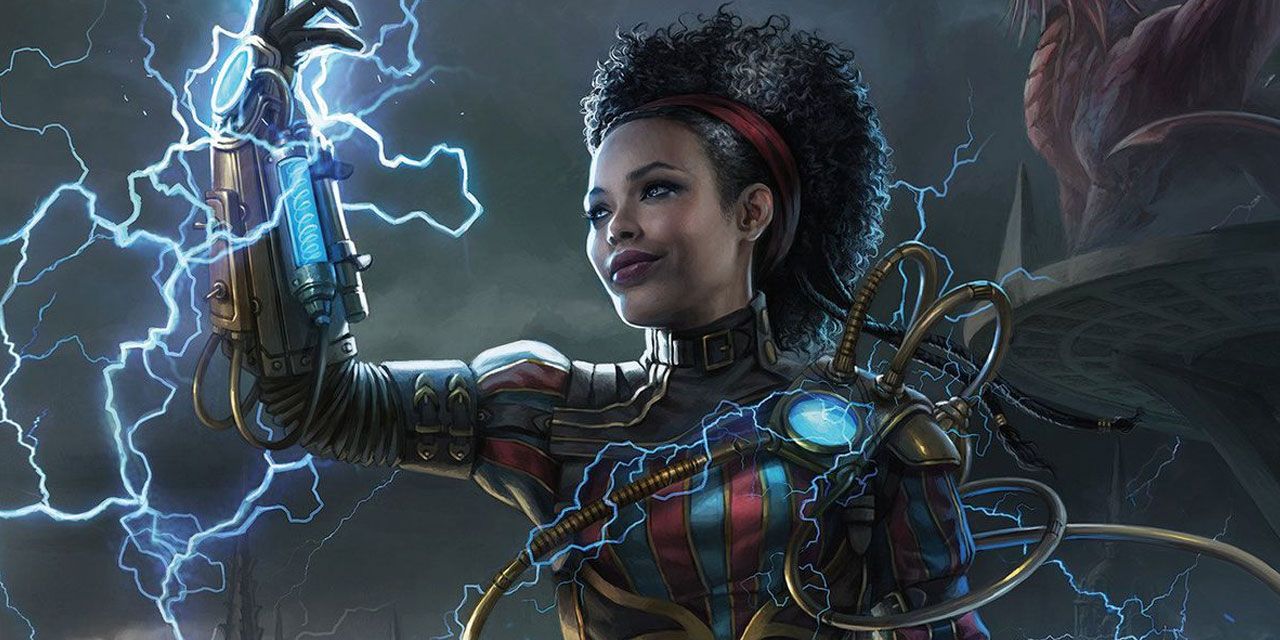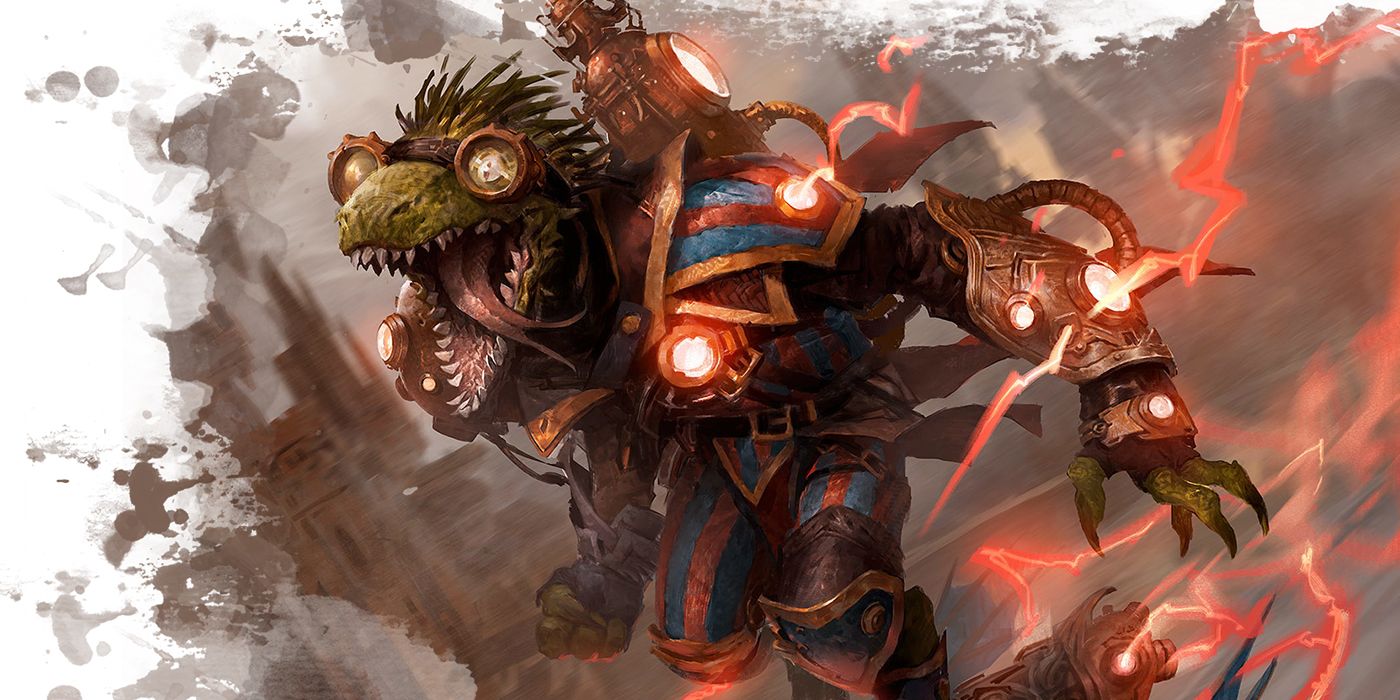The Artificer class appears in a few role-playing games, and their specialties vary, but the common thread is a talent with arcane magic through machinery. In the Dungeons & Dragons universe, Artificers are talented engineers that can disassemble magic and even regular objects to build their own spells and devices from the salvage.
Creative players that want to try an unconventional spell casting class would enjoy playing an Artificer. What exactly they can build, and what it does, is really up to the limits of their own imagination and the Dungeon Master. Here are a few obscure facts that can help fill out the blanks in that Artificer character creation sheet.
7 The Homebrew Class
The rise of the Artificer correlates with the popularity of homebrew creations when it comes to D&D gameplay. The Artificer class is designed to mimic the practice of homebrew D&D inventions, whether they're subclasses, modules, monsters, or any other number of adventure-related creations.
The drawback to this, besides the possibility of being overwhelmed by the sheer number of things an Artificer can do, is that it can be a nightmare for a Dungeon Master. Every player has to clear their class and character with the DM to some extent, but for an Artificer it's not only mandatory but a more detailed process.
6 Intelligence By Osmosis
Artificers are always the smartest member of the party, and they are so smart that they can share their intelligence with other party members. A higher Intelligence score can mean a number of different improvements to the adventuring party's experience.
Intelligence is what characters use to identify things, which includes objects such as weapons or trinkets as well as people, places, or monsters. Give that fancy sword to the Artificer, so they can identify it and someone gets a nasty curse from equipping it. If the party is unsure about how to proceed, ask the Artificer in the party about the terrain, regional flora, or local history to plan the next step in the adventure.
5 A True Combo Class
They have a reputation as a DPS class, partly because they have so many creative ways to deal both ranged and melee damage, but also because they're classified as magic users. However, an Artificer can do just about anything with the right invention and a subclass to back it up, and they can serve the party both as defenders and healers.
An Artificer can invent anything they need to fill a party role anyway, but a few subclasses have been developed that allow players to customize their party role even more. The Alchemist would be a healer or a support role, the Armorer would be a tank, and the Artillerist and Battle Smith are the DPS classes.
4 Firearm Proficiency
The availability of firearms and the form they take in the adventure should the DM permit them, is one of the main reasons a lot of players choose the Artificer. Not only is this class proficient in these weapons, which is still fairly new to the D&D universe, but they can design them, construct them, and infuse them with arcane power.
A firearm by no means needs to be confined to a conventional projectile weapon, like a handgun or a rifle. It's just a type of weapon that uses combustion, such as but not limited to gunpowder, and it's common for Artificers to build cannons, catapults, bazookas, or grenade launchers.
3 The True Power of Infusions
A level two, Artificers get their signature ability and start to learn the fine art of Infusion. That part is common knowledge, but what most players don't know is the extent of power and versatility that Infuse Item has.
Players start by choosing four artificer infusions from a choice determined by the character level and the DM, and the variety covers any party role. Earlier choices include improvements to defenses and spell casting power. Arcane Propulsion Armor, a choice that doesn't become available until level 14, would be part of the Iron Man build.
2 Versatile Tools
Every character in D&D starts out with an "adventurer starter kit" of a sort. The exact contents of this package tend to vary, but it will include a bedroll, simple weapons and armor, possibly a coin or two, and a set of tools. Most players overlook the importance of this Tool Set, but in the hands of an Artificer, this can make a simple inventor with some Arcane Knowledge the most OP character in the party.
The Artificer usually starts out with the Thieves Tools, which consists of a small file, a set of lock picks, a small mirror mounted on a metal handle, a set of narrow-bladed scissors, and a pair of pliers. That's a great start for an inventor anyway, and at later levels, the artificer can get access to other tool sets and there's always the possibility that the DM will let them start with something else.
For example, maybe your Artificer likes geography and wants to be a cartographer. In theory, they could use their Cartographer Tools to design and build a map with special properties, like the ability to transport the party to different locations.
1 Flash of Genius
Another obscure, unique and useful ability that all Artificers possess is Flash of Genius. Just like their Intelligence can be used for Knowledge checks and identification, this skill is specifically used to find solutions to problems under pressure. That can mean the heat of battle or a tense moment in a mead hall. This is a powerful feature, so to keep it from being overpowered, an Artificer needs a long rest after using it.

